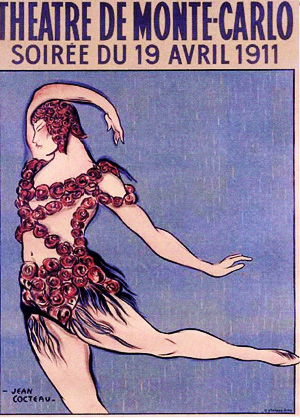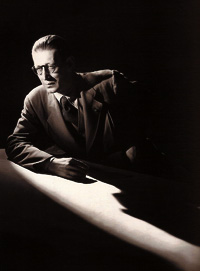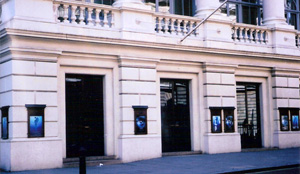| |
Testimonies
& Critics
Le Nouveau Ballet de Monte-Carlo
As Irène Lidova wrote at the "Dictionnaire du ballet moderne, Paris, 1957": "Under the auspices of the Monaco Princedom, two companies , between 1942 and 1947, in spite of war's awful difficulties , tried to renew the great tradition of the Ballet Russe de Monte-Carlo, which had been founded several years before by René Blum. This troupe, having ceased every activity in Europe with the arrival of the Second World War, had reached the United States, being under the direction of Serge Denham and had turned progressively into an american company.The beginning of 1942 had to be waited for a regular choregraphic activity to be renewed, thanks to the efforts of Marcel Sablon, who was the director of the Monte-Carlo Theatre. Rebaptized as Les Nouveaux Ballets de Monte-Carlo, the troupe he formed was mainly integrated by Parisian dancers on the exile, but it gathered likewise local recruited elements, specially from Julie Sedova' study at Nice." (...) "The choregraphic activity, interrumpted in April 1944, was not going to be retaken until a year after, when Prince Louis the 2nd. of Monaco invited the impresario Eugène Grunberg to reconstitute there a troupe. This one took the name Le Nouveau Ballet de Monte-Carlo. In addition to the regular seasons it gave at Monaco, she also appeared at London during the 1946' summer. Serge Lifar, having been named its artistic director, produced several important works as "Dramma per Musica", "Chota Roustaveli", "Salome", "Noir et Blanc", "Roméo et Juliette". Among the artists, one can applaud, besides Yvette Chauviré and Janine Charrat, Ludmilla Tcherina, Wladimir Skouratoff and Alexandre Kalioujny."
 |
 |
Jean Cocteau's drawing
for the
1911' Season of Diaghilew Ballet Russe
|
Pierre Michaut wrote on Le Ballet Contemporain, Paris, 1950: "In October 1947, Paris received - at last! - the visit of the Ballet Russe de W. De Basil, whose career had developed (after his separation from René Blum in 1935) in England, in the United States, in Latin America..."
"(...) At the head of the company were Roman Jasinsky and Vladimir Dokoudowsky, very remarkable persons, John Taras, Nicolas Orloff and Geneviève Moulin, who we haven't seen since her departure from Paris in 1938; M. De Basil had engaged two excellent Parisian artists, René Jeanmaire and Wladimir Skouratoff."
 |
 |
Coronel Wassily de Basil
(Photo:
Gordon Anthony, 1937)
|
We should remember here, concerning the representation of Schéhérezade at London in 1947, the words of the english critic John Percival, on which he considers Skouratoff 's best performance on that season: "His magnificent elevation alone would have made this performance memorable, but his interpretation was even more astonishing. Carl van Vechten has described Nijinsky in this rôle with his "subtle and sensuous fingers" fluttering close to Zobeide's flesh without ever touching her; Skouratoff, creating exactly this same effect, gave some idea of the passionate conviction the part must have gained from its first interpreter.
 |
 |
Royal Opera House, Covent Garden, London
|
|
|